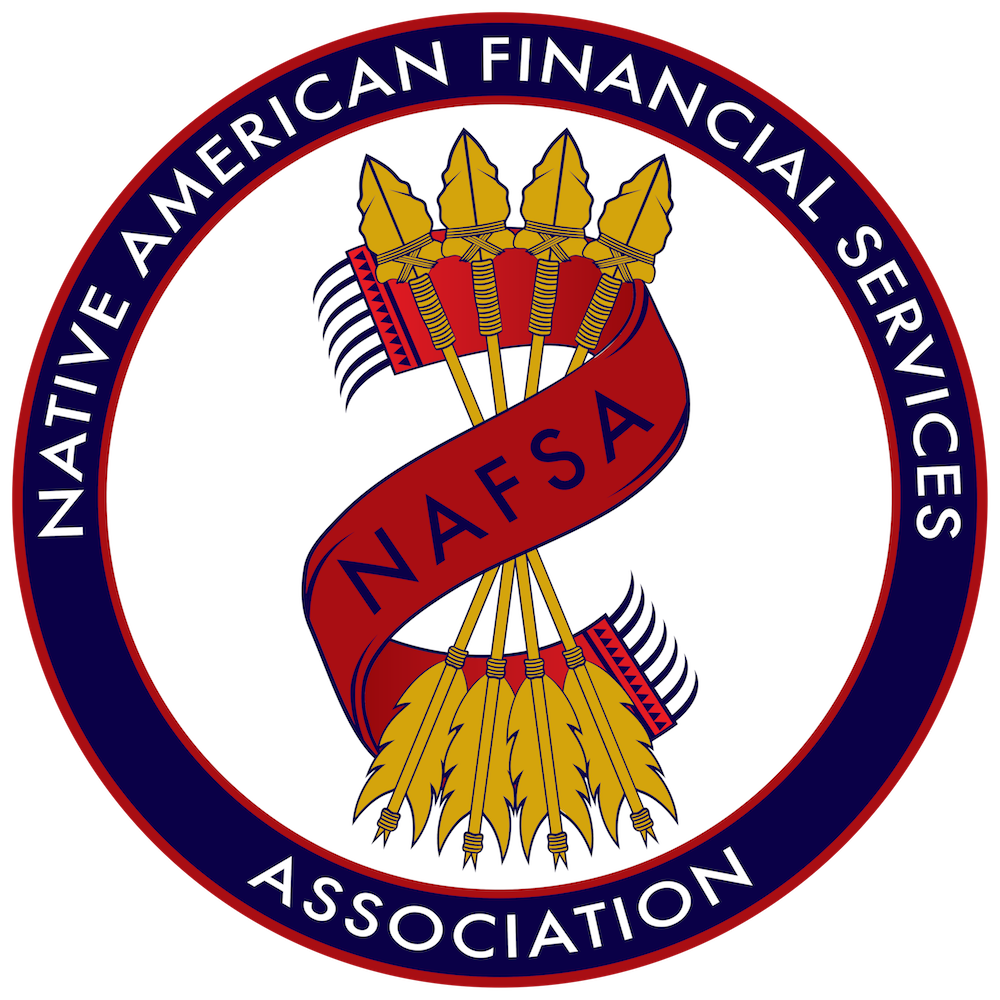The Latest Financial News
Latest Federal Reserve Economic Well-Being Report Finds Self-Reported Financial Well-Being Declined in 2022
Last month, the Federal Reserve issued its “Economic Well-Being of U.S. Households in 2022” report, which shows that higher prices have negatively impacted the general well-being of most households, but workers have continued to benefit from a strong labor market. The...
CFPB Report Finds Overdraft and NSF Fee Revenue Dropped by Nearly 50% in Q4 2022
The Consumer Financial Protection Bureau (CFPB) recently released a report highlighting overdraft and non-sufficient funds (NSF) fee revenue, finding that revenue for the fourth quarter of 2022 was approximately $1.5 billion lower than that of 2019, a decrease of 48...
Nearly 40% of Americans Facing Difficulties Making Ends Meet, Census Finds
The Census Bureau’s most recent Household Pulse Survey showed that 38.5 percent of American adults, or 89.1 million people, faced hardship in paying their typical home expenses between April 26 and May 8. That share is up from 34.4 percent in 2022 and 26.7 percent in...
Why NAFSA?
There are more than 570 federally-recognized tribes in the United States, many of whom are spread across in diverse areas. This has left a need for other tribal economic development opportunities to create sustainability and jobs on Native American reservations.
Tribal Financial Services:
![]() Create jobs & economic development on tribal lands
Create jobs & economic development on tribal lands
![]() Increase the financial independence of tribes
Increase the financial independence of tribes
![]() Deploy sovereignty & bolster tribal self-determination
Deploy sovereignty & bolster tribal self-determination

The Impact of Tribal Financial Services
Coming from a history of staggering unemployment rates, limited opportunities, and lack of access to fundamental resources, Native American tribes began online lending businesses to create real change for the future. Internet commerce has been a vehicle for supporting economic growth, tribal services, and tribal development. These are their stories.
Our Mission
To advocate for tribal sovereignty, promote responsible financial services, and provide better economic opportunity in Indian Country for the benefit of tribal communities.




